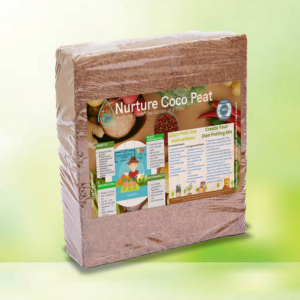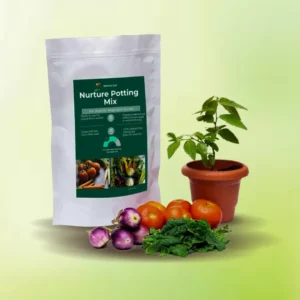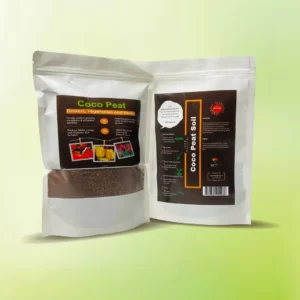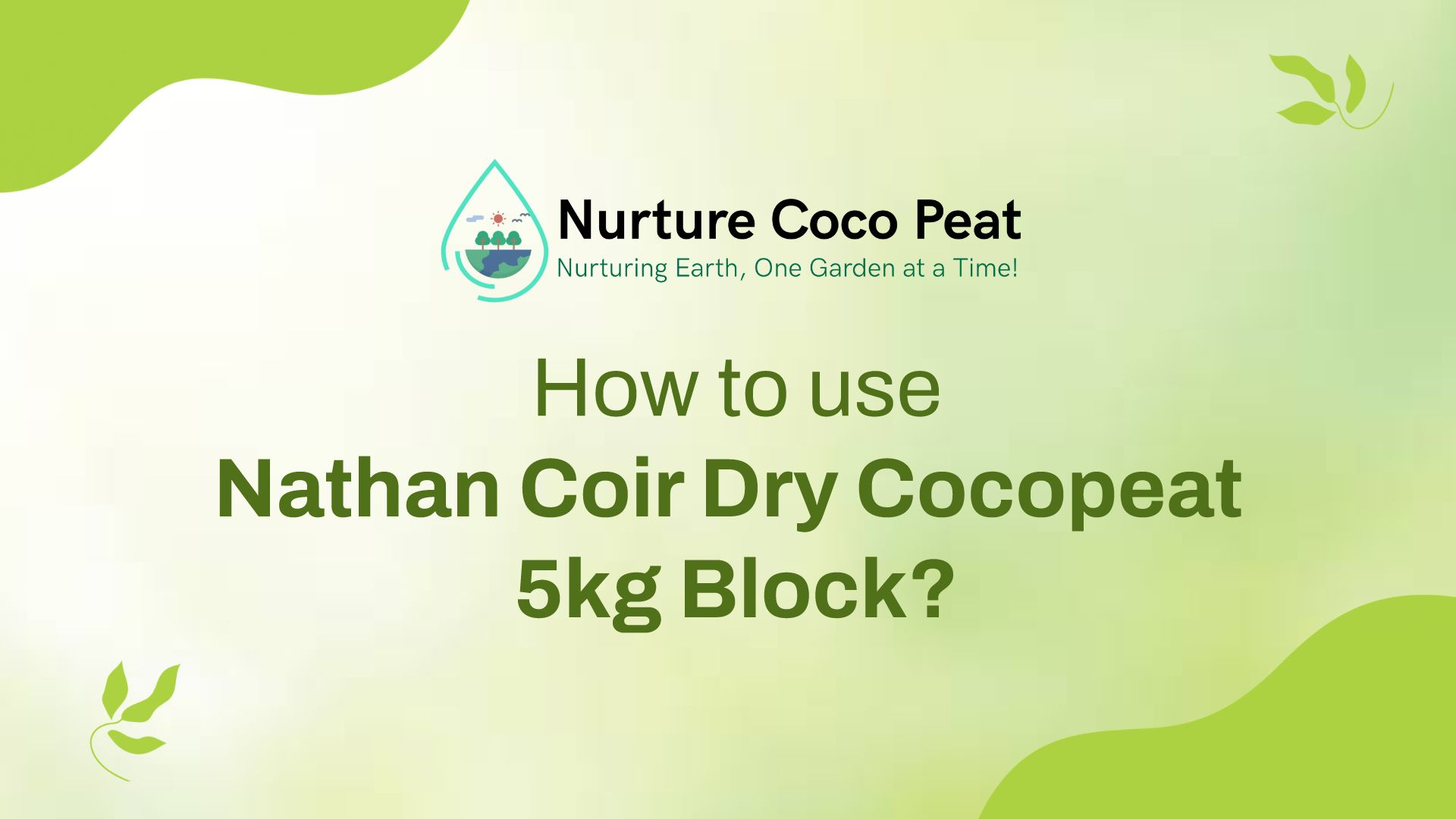Cocopeat is quickly becoming the go-to choice for gardeners looking to optimize their plant growth. Whether you’re growing vegetables, herbs, or flowers, cocopeat blocks provide an eco-friendly and efficient medium. In this step-by-step guide, we’ll show you how to use 5kg cocopeat blocks to achieve outstanding results in your garden.
Understanding Cocopeat
Before diving into the process, it’s essential to understand what cocopeat is. Cocopeat, also known as coir pith, is a natural byproduct of coconut husk processing. When coconuts are harvested, their fibrous husks are often discarded. However, this fiber can be broken down into a fine, soil-like material called cocopeat.
Cocopeat is praised for its excellent water retention capabilities and soil conditioning properties. It acts like a sponge, holding up to 10 times its weight in water, which means your plants will have consistent moisture levels. Additionally, cocopeat is a sustainable alternative to traditional soil and peat moss, helping reduce environmental impact while improving plant growth. Its neutral pH also makes it an excellent option for a wide range of plants.
Steps to Prepare the 5kg Cocopeat Block
The first step in using a cocopeat block is hydrating it. This process is simple but critical to achieving the right texture for planting. Here’s how to do it:
1. Prepare a Container: Place the cocopeat block in a large container. You’ll need enough space for the block to expand as it absorbs water.
2. Add Water: Gradually add 20-25 liters of water to the container. It’s best to pour water slowly and evenly over the block. This ensures that the entire block absorbs moisture uniformly. Cocopeat expands as it soaks up water, so avoid adding too much water at once to prevent it from becoming overly wet.
3. Wait and Break Apart: Let the block sit for about 20-30 minutes. During this time, the cocopeat will begin to expand. Once it has absorbed the water, use your hands or a garden tool to break the block apart into a fine, fluffy texture.
4. Check the Consistency: After breaking it apart, check the consistency of the cocopeat. It should be moist but not waterlogged. If it feels too wet, let it sit in the open air to dry out slightly before using it.
By following these steps, you’ll have hydrated cocopeat ready to mix with other substrates or to use as-is for planting.
Watering and Maintenance in Cocopeat
While cocopeat retains moisture well, it’s still important to monitor and maintain it for the best results. Here’s how:
1. Watering Frequency: Check the moisture level of the cocopeat regularly. Although it holds water efficiently, the surface may dry out faster in hot or dry conditions. Water your plants when the top 1-2 inches of cocopeat feel dry to the touch.
2. Fertilizing: Cocopeat itself is low in nutrients, so regular fertilizing is essential. Use a balanced, water-soluble fertilizer every two to four weeks to ensure your plants receive the necessary nutrients. If you’re growing vegetables or flowers, choose a fertilizer specific to their needs.
3. Aeration: Over time, cocopeat can become compacted, especially if it’s been in use for several seasons. Loosen the cocopeat around the roots of your plants every so often to improve air circulation and root health.
By regularly watering, fertilizing, and aerating your cocopeat, you’ll maintain a healthy environment for your plants.
Conclusion
For optimal plant growth, consider using Nathan Coir Cocopeat 5kg blocks. These blocks provide excellent water retention, improved aeration, and create a perfect growing environment for your plants. Whether you’re a beginner or an experienced gardener, Nathan Coir cocopeat ensures your plants thrive. You can find Nathan Coir Cocopeat 5kg blocks at the best prices on websites like Meesho, Flipkart, and Amazon. Give it a try and watch your garden flourish!




